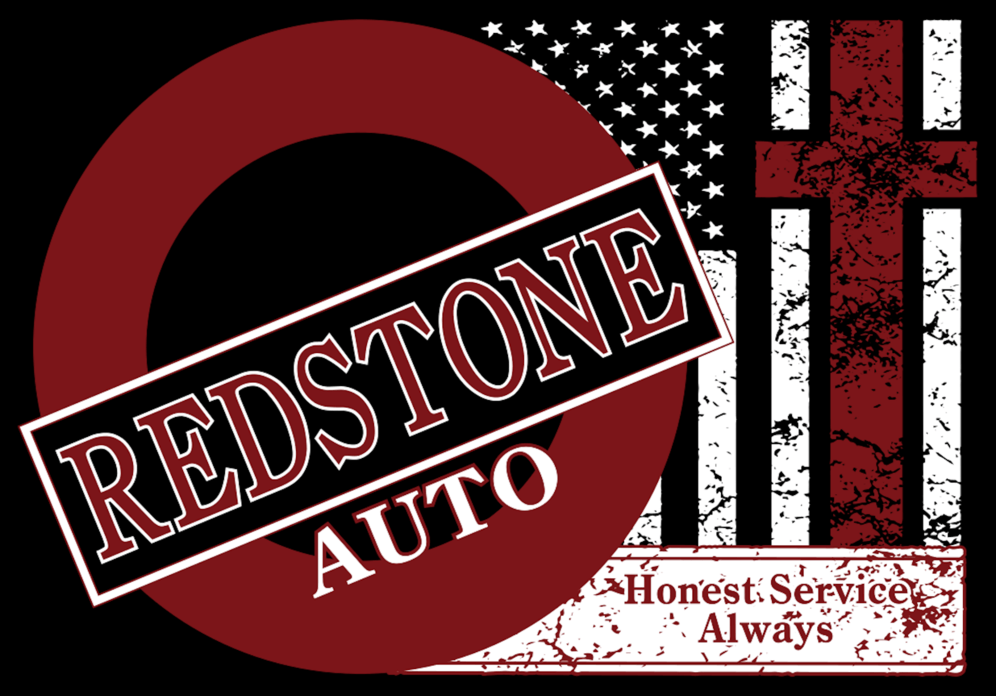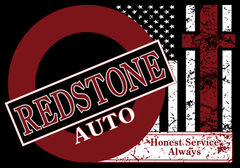About
Redstone Auto Sales & Services
About Redstone Auto Sales & Services
Phasellus magna velit, mattis a tellus ut, sollicitudin commodo est. Curabitur tincidunt facilisis magna convallis convallis. Nulla sit amet tincidunt nibh, quis hendrerit sem. Pellentesque a orci eget ex semper lobortis. Phasellus fringilla lorem tincidunt ullamcorper luctus. Sed bibendum tempor sapien, in rutrum tortor pellentesque sed. Fusce pharetra lacinia eros in egestas. Pellentesque vitae facilisis lacus, in rutrum magna. Mauris ornare semper consectetur.

About
Year Established
2011
Specialties
- Tires
- Vehicle Maintenance
- New Hampshire State Inspections
- Oil Changes
- Woolwax Auto Undercoating
- Welding and Fabrication
Products
Services
- Alignments
- Tire Sales (KUMHO all major Brands)
- Brake Repair
- New Hampshire State Inspections
- Steering and Suspension
- Exhaust Repair
- Electrical and Air Conditioning Systems
- Engine and Transmission Repair
- Trailer Service
- Car and Truck Undercoating
Languages
- English
Pickup and Delivery
Honoring most aftermarket warranties.
Payment Options
- American Express
- Cash
- Check
- Discover
- MasterCard
- Visa
- Insurance
- CarShield Car Repair Insurance
- Endurance Auto Protection
Brands
- NAPA
- KUMHO Tires
- Woolwax




